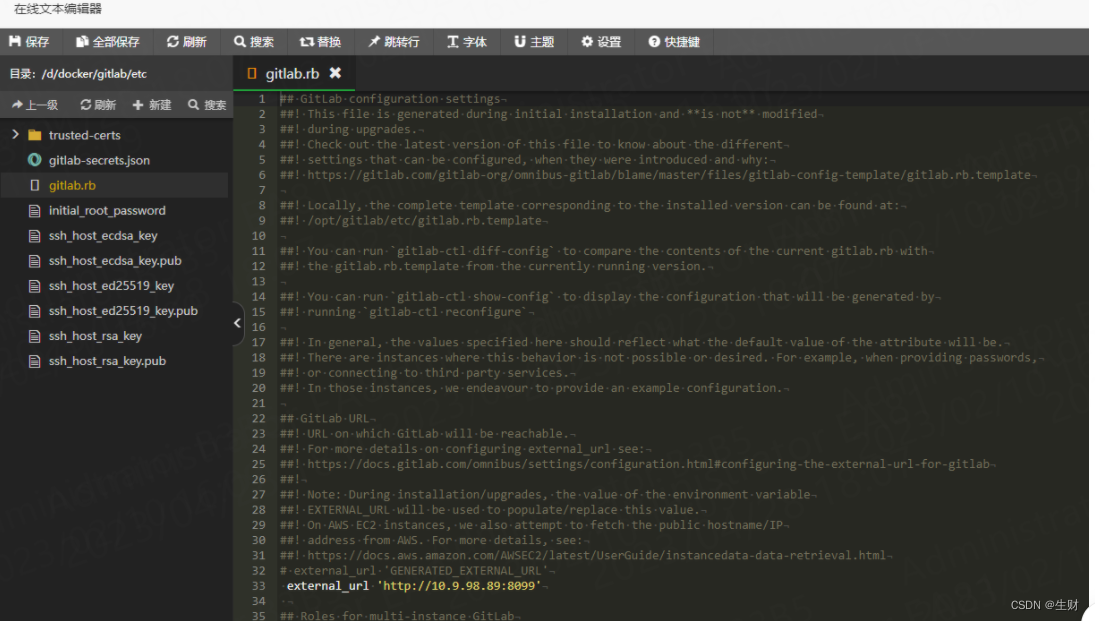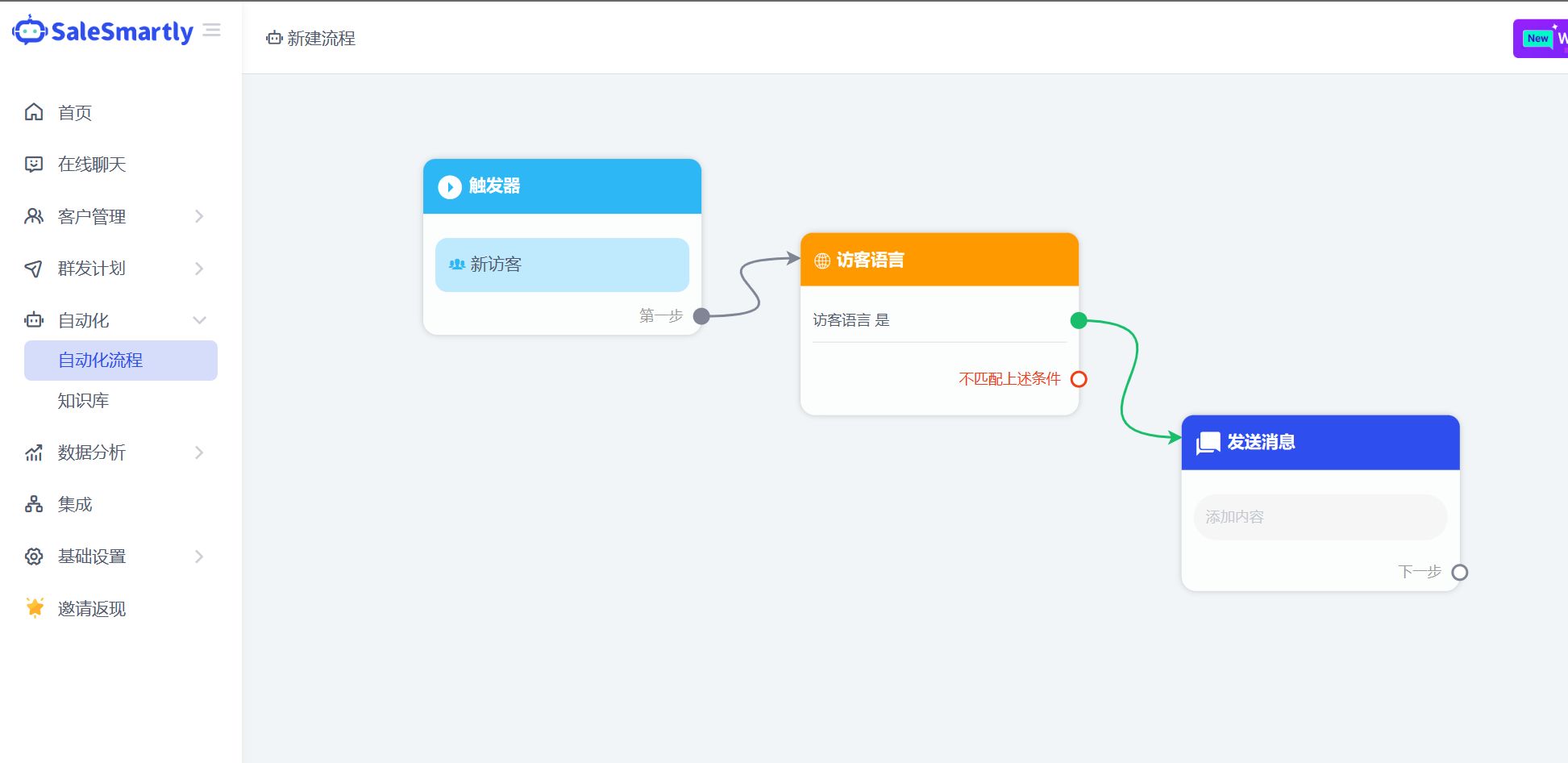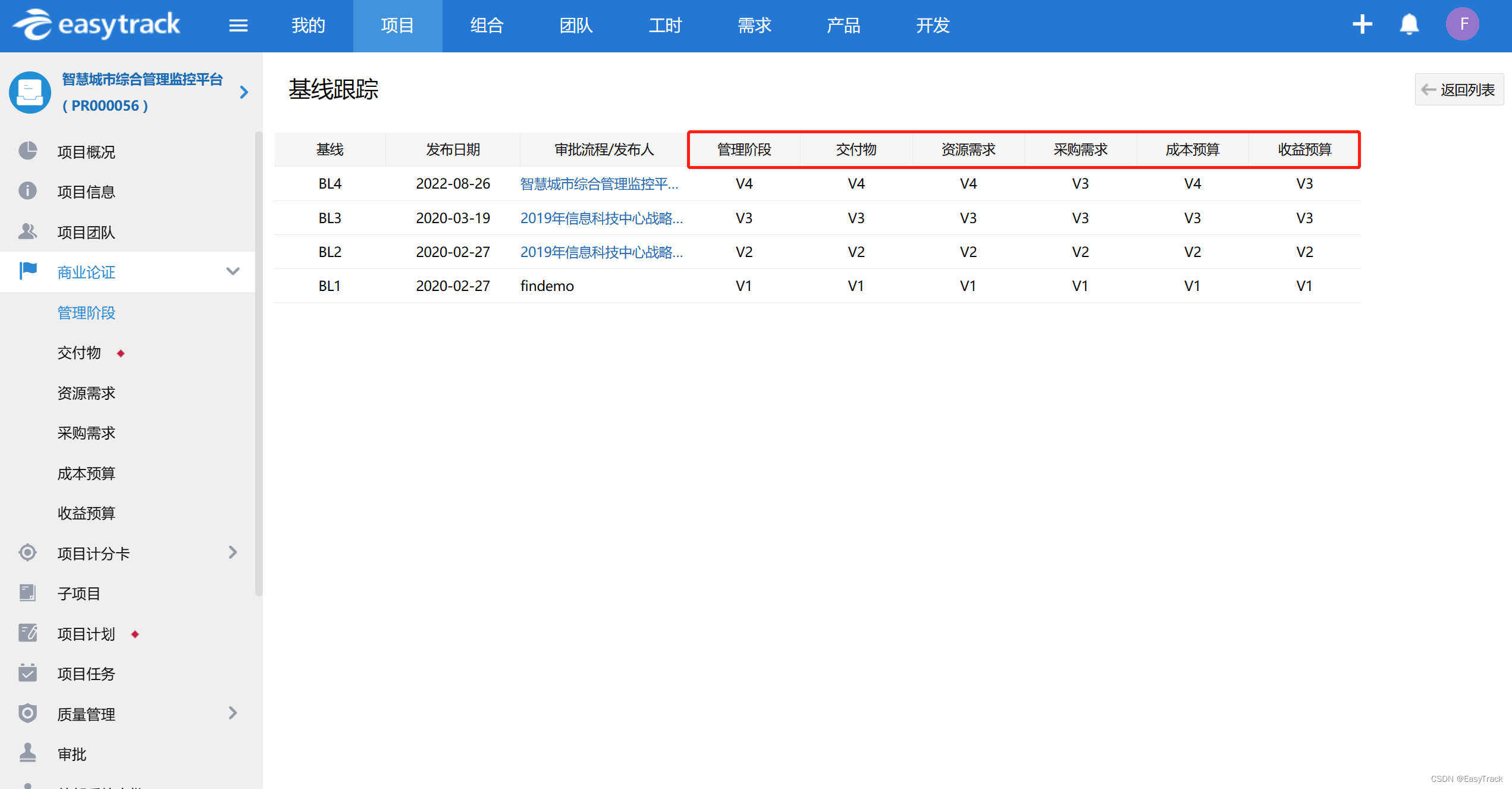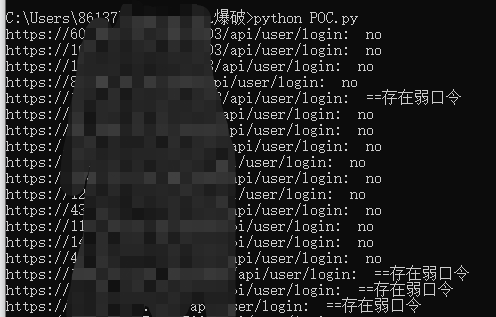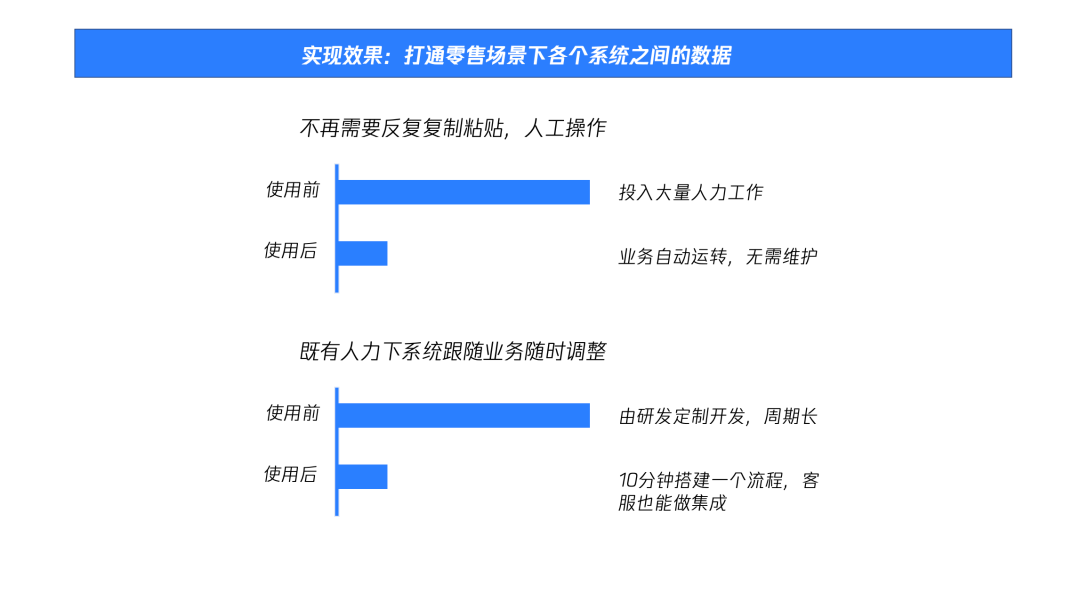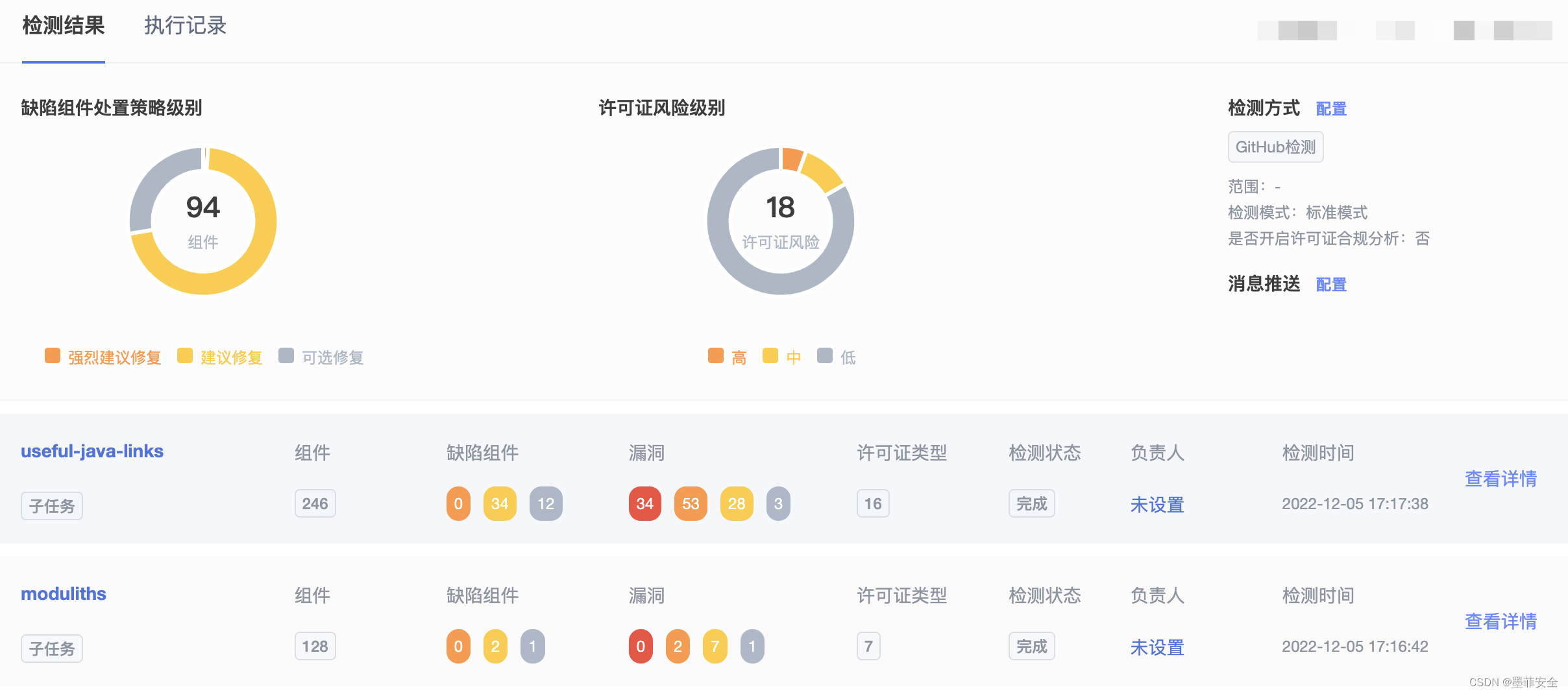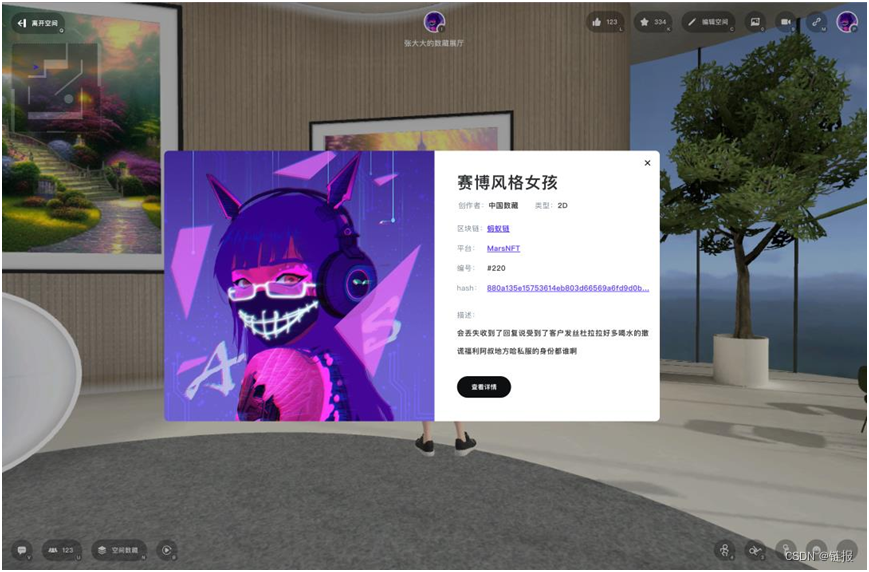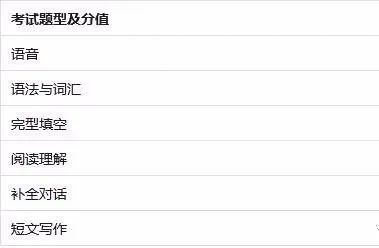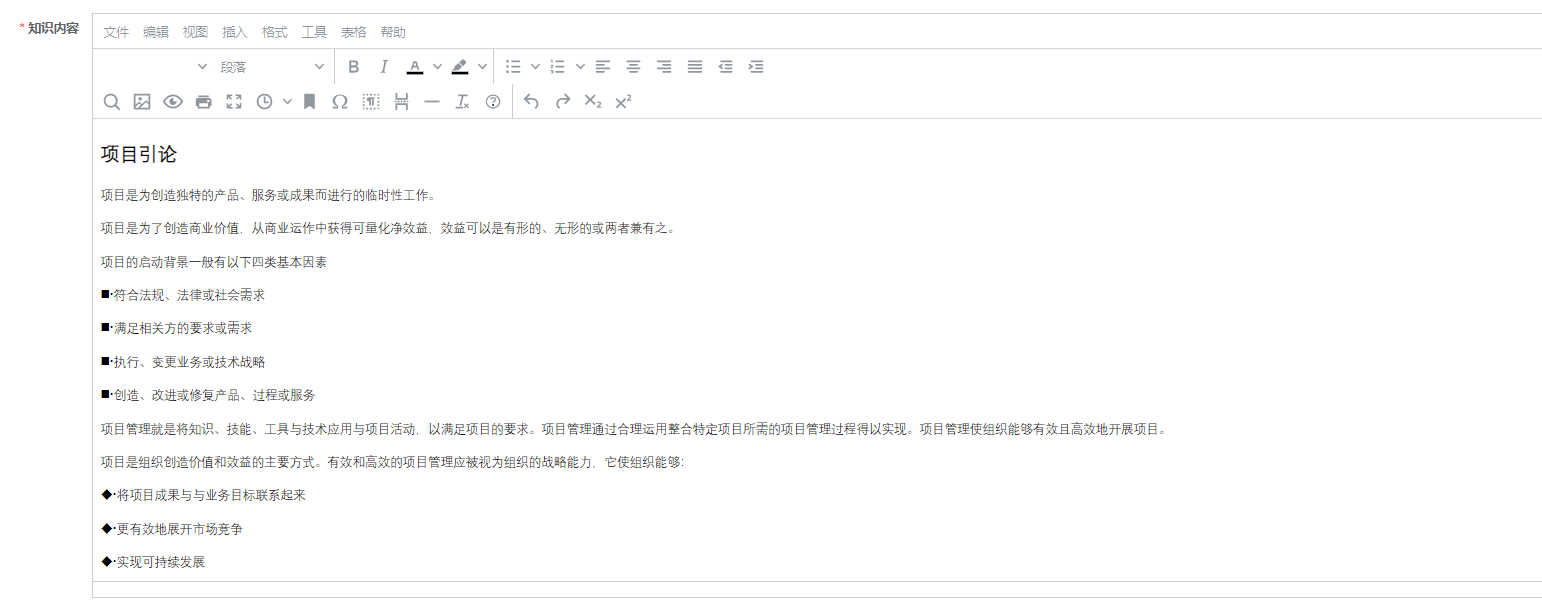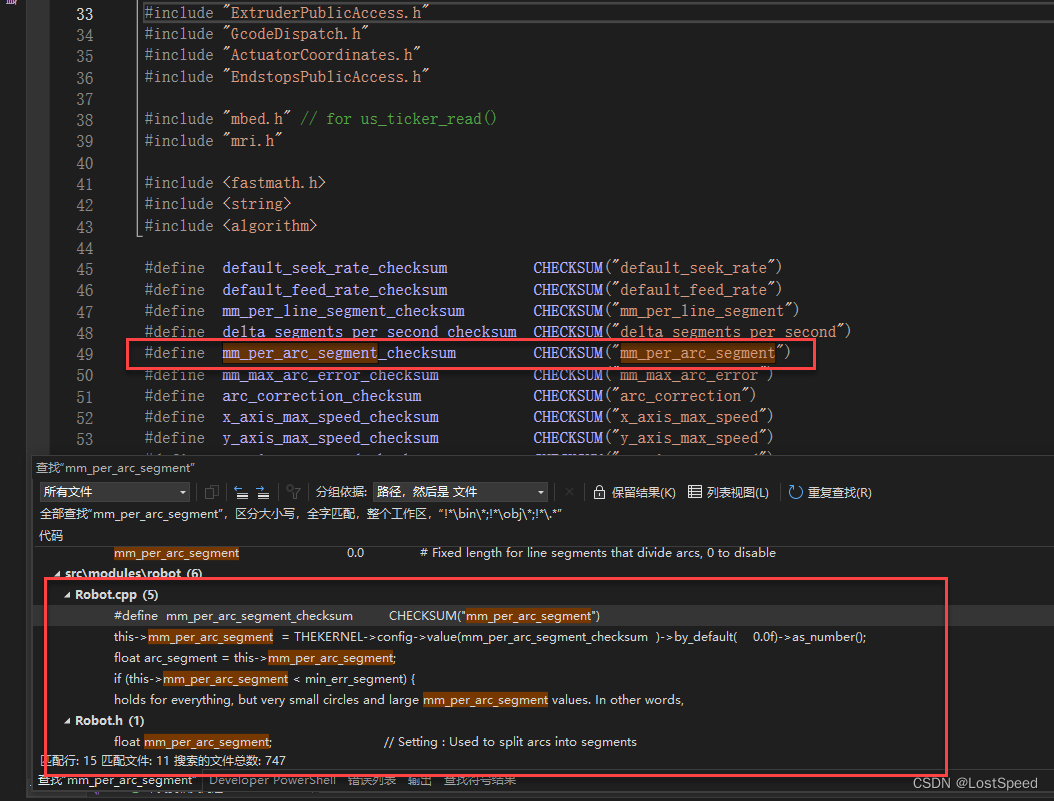本笔记为从菜鸟教程边学边记录的笔记---》C++ 教程 | 菜鸟教程
面向对象程序设计
-
封装(Encapsulation):封装是将数据和方法组合在一起,对外部隐藏实现细节,只公开对外提供的接口。这样可以提高安全性、可靠性和灵活性。
-
继承(Inheritance):继承是从已有类中派生出新类,新类具有已有类的属性和方法,并且可以扩展或修改这些属性和方法。这样可以提高代码的复用性和可扩展性。
-
多态(Polymorphism):多态是指同一种操作作用于不同的对象,可以有不同的解释和实现。它可以通过接口或继承实现,可以提高代码的灵活性和可读性。
-
抽象(Abstraction):抽象是从具体的实例中提取共同的特征,形成抽象类或接口,以便于代码的复用和扩展。抽象类和接口可以让程序员专注于高层次的设计和业务逻辑,而不必关注底层的实现细节。
hello word
#include <stdio.h>
#include <windows.h>
#include <iostream>
using namespace std;
int main()
{
SetConsoleOutputCP(65001);
cout << "hello world!"<<endl; //也可以用\n代替endl;都是换行的意思
return 0;
}
变量别名!
#include <iostream>
using namespace std;
int main()
{
typedef int it;//int的别名 是it
it a;//以后就可以用it来定义变量
}枚举类型
默认情况下,第一个名称的值为 0,第二个名称的值为 1,第三个名称的值为 2,以此类推。但是,您也可以给名称赋予一个特殊的值,只需要添加一个初始值即可。例如,在下面的枚举中,green 的值为 5。
#include <iostream>
using namespace std;
int main()
{
enum {green,blue=5,red} c;
c=red;
cout <<"sdsdds" <<c;
}
类型转换-静态转换
#include <iostream>
#include <typeinfo>
#include <windows.h>
using namespace std;
int main()
{
SetConsoleOutputCP(65001);
//这个是c++的断点 这配置c语言也支持断点
int a = 10;
//静态转换 数据 类型;
float b=static_cast<float>(a);
cout <<b<<"是"<<typeid(b).name()<<"类型";
}
你像打印 i 就是int 打印 f 就是float;就是类型首字母
类型转换-常量转换
#include <iostream>
#include <typeinfo>
#include <windows.h>
using namespace std;
int main()
{
SetConsoleOutputCP(65001);
//这个是c++的断点 这配置c语言也支持断点
const int a = 10;
//常量转换
int &b=const_cast<int&>(a);
b=11;
cout << b;
}
extern关键词用法
顺带你还知道下 .cpp怎么引入另一个.cpp的文件。
参考博主写的另一篇博文===》c++的extern用法理解_雪狼之夜的博客-CSDN博客
局部变量
局部作用域:在函数内部声明的变量具有局部作用域,它们只能在函数内部访问。局部变量在函数每次被调用时被创建,在函数执行完后被销毁。
#include <iostream>
using namespace std;
int main()
{
int a=2;
cout<<"局部变量a="<<a<<endl;
}
全局变量
全局作用域:在所有函数和代码块之外声明的变量具有全局作用域,它们可以被程序中的任何函数访问。全局变量在程序开始时被创建,在程序结束时被销毁。
#include <iostream>
using namespace std;
int a=2;
int main()
{
cout<<"全局变量a="<<a<<endl;
}![]()
块变量
块作用域:在代码块内部声明的变量具有块作用域,它们只能在代码块内部访问。块作用域变量在代码块每次被执行时被创建,在代码块执行完后被销毁。
#include <iostream>
using namespace std;
int main()
{
int a=1;
{
int a=2;
cout<<"块变量a="<<a<<endl;
}
cout<<"函数变量a="<<a<<endl;
}
<string>
#include <iostream>
#include <string>
using namespace std;
int main()
{
string a="hello world";//或者写成string a("hello world") 等效
a+=" 你好啊";
cout<< a<<endl;
}![]()
类
#include <iostream>
using namespace std;
class Box{
public:
int a;
int b;
int chen(void){ //申明和定义在类里面
return a*b;
};
void setVal(int,int);//先在类里面申明
};
void Box::setVal(int x,int y){//在类外面定义 范围解析运算符 ::
a=x;
b=y;
};
int main(){
Box box1;
box1.setVal(3,2);
cout << box1.chen();
}
类私有成员
#include <iostream>
using namespace std;
class Box{
private://类私有,只有成员可以调用 也就是说你不可以通过box1.a来调用 ,这些变量其实你默认不用写private 这个变量,只要放在最上面他默认就是 私有
int a,b;
public://
int c=10;
int chen(void){ //申明和定义在类里面
return a*b;
};
void setVal(int,int);//先在类里面申明
};
void Box::setVal(int x,int y){//在类外面定义
a=x;
b=y;
};
int main(){
Box box1;
cout<< box1.c<<endl;
box1.setVal(3,2);
cout << box1.chen();
}
类
看博主另一篇博文=》c++类 笔记_雪狼之夜的博客-CSDN博客
.cpp调用 .cpp和h的demo
看博主另一篇博文=》.cpp调用 .cpp和h的demo_雪狼之夜的博客-CSDN博客
数组指针
#include <iostream>
using namespace std;
const int Max=3;
int main(){
int arr[Max]={100,200,300};
int *p;
p=arr;
for(int i=0;i<Max;i++){
cout << "arr["<<i<<"]="<<*p<<endl;
p++;
}
}
今天也算理解了,p=arrr其实等价于p=&arr[0] ,也就是说数组指针也可以变成下面这种写法。
我写一个从a[2]往a[0]输出的操作,你们理解下
#include <iostream>
using namespace std;
const int Max=3;
int main(){
int arr[Max]={100,200,300};
int *p;
p=&arr[2];//等价于p=&arr[0] 也就是说
for(int i=0;i<Max;i++){
cout << "arr["<<i<<"]="<<*p<<endl;
p--;
}
}
数组指针另一种写法
#include <iostream>
using namespace std;
const int Max=3;
int main(){
int arr[Max]={100,200,300};
*(arr+2)=500;
cout <<arr[2]<<endl;
arr[2]=100;
cout <<arr[2];
}
*(arr+2)其实就等于 arr[2]; 也就说说 等价于下面
#include <iostream>
using namespace std;
const int Max=3;
int main(){
int arr[Max]={100,200,300};
int *p;
p=arr;
cout<< *(p+2);
} ![]()


